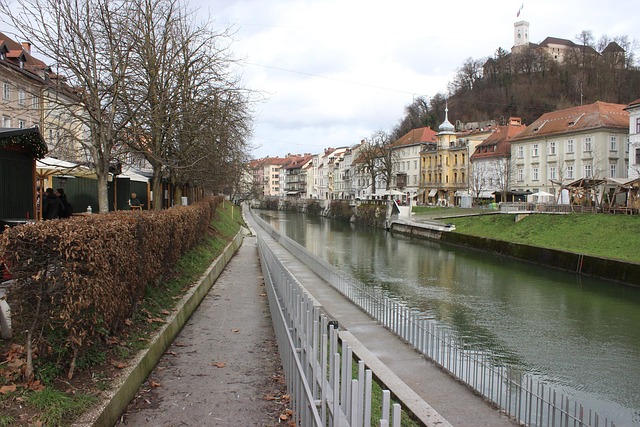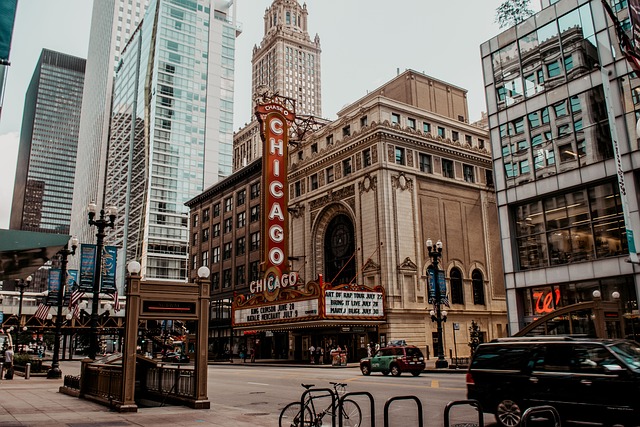Karachi's cultural icon, Amir Khusro landmark, faces security challenges due to high foot traffic, narrow streets, and dense population. To enhance safety, strategic initiatives include advanced surveillance systems, trained security personnel, community involvement through apps & watch programs, regular drills, and awareness campaigns, all aimed at creating a secure urban environment for residents and visitors alike in the vibrant metropolis of Karachi.
Karachi, Pakistan’s vibrant metropolis, harbors a rich historical heritage, with Amir Khusro, a renowned poet and musician, playing a pivotal role in its security landscape. This article delves into the significance of this cultural icon, explores the security challenges and threats plaguing the area surrounding Amir Khusro, and presents strategic enhancements to safeguard Karachi’s precious historic gem. By addressing these issues, we aim to contribute to a safer and more secure future for this cultural hub in the heart of Pakistan.
- The Historical Significance of Amir Khusro in Karachi's Security Landscape
- Challenges and Threats to Security in the Area Surrounding Amir Khusro
- Enhancing Security Measures: Strategies for a Safer Karachi Near Amir Khusro
The Historical Significance of Amir Khusro in Karachi's Security Landscape

Amir Khusro, a renowned poet and musician, holds significant historical value in Karachi’s security landscape. His life and works have left an indelible mark on the city’s cultural heritage, shaping its identity over centuries. In the bustling metropolis of Karachi, where diverse communities coexist, Amir Khusro’s legacy serves as a reminder of the rich history that has shaped the region’s security dynamics.
The historical significance of Amir Khusro lies in his role as a cultural bridge between various ethnic and linguistic groups. His poetry, often composed in Persian and Urdu, celebrated love, nature, and spiritual devotion, attracting followers from across the social spectrum. This inclusive art form contributed to a sense of unity within Karachi’s diverse population, fostering social cohesion that remains relevant in discussions about the city’s security today. Understanding this historical context is crucial for navigating the intricate security challenges facing Karachi, as it highlights the importance of cultural preservation and its potential positive impact on community relationships.
Challenges and Threats to Security in the Area Surrounding Amir Khusro

The vibrant and bustling city of Karachi, with its rich cultural heritage, is home to many iconic landmarks, one of which is Amir Khusro. While this historic site attracts visitors from all over, it also presents unique security challenges for the surrounding area. The dense population and limited infrastructure create a complex environment where potential threats can quickly escalate. From petty crimes to more serious incidents, the security landscape near Amir Khusro demands constant vigilance.
One of the primary concerns is the high volume of foot traffic, especially during peak tourist seasons. This influx can lead to congestion and make it harder for law enforcement to maintain a strong presence. The area’s narrow streets and labyrinthine alleys, often filled with vendors and merchants, create natural barriers that can facilitate criminal activities. Moreover, Karachi’s climate poses its own set of challenges, with humid and moist conditions potentially hampering security operations. Protecting the historical site and ensuring the safety of visitors and locals alike requires a strategic approach that addresses these unique obstacles.
Enhancing Security Measures: Strategies for a Safer Karachi Near Amir Khusro

To enhance security measures in Karachi near Amir Khusro, several strategic initiatives can be implemented to create a safer urban environment. One key approach is the integration of advanced surveillance systems, including CCTV cameras and motion sensors, along major thoroughfares and public spaces. This technology not only discourages criminal activities but also aids in swift response and crime prevention. Additionally, the deployment of well-trained security personnel, both uniformed and plainclothes, can significantly deter potential threats and provide immediate assistance during emergencies.
Another effective strategy is the establishment of robust communication networks between law enforcement agencies and local communities. Encouraging residents to report suspicious activities through user-friendly mobile applications or community watch programs can create a collaborative security network. Furthermore, regular security drills and awareness campaigns can educate citizens about safety protocols, enhancing their ability to respond during critical situations. These comprehensive measures will collectively contribute to making Karachi’s surroundings near Amir Khusro a safer place for residents and visitors alike.
In conclusion, securing the area around historical landmarks like Amir Khusro is paramount for the well-being of Karachi. By addressing the challenges and implementing effective strategies, we can create a safer city that respects its rich history while ensuring peace and tranquility for all its residents and visitors. Enhancing security measures near Amir Khusro holds the key to revitalizing Karachi’s cultural heritage and fostering a secure urban environment.



